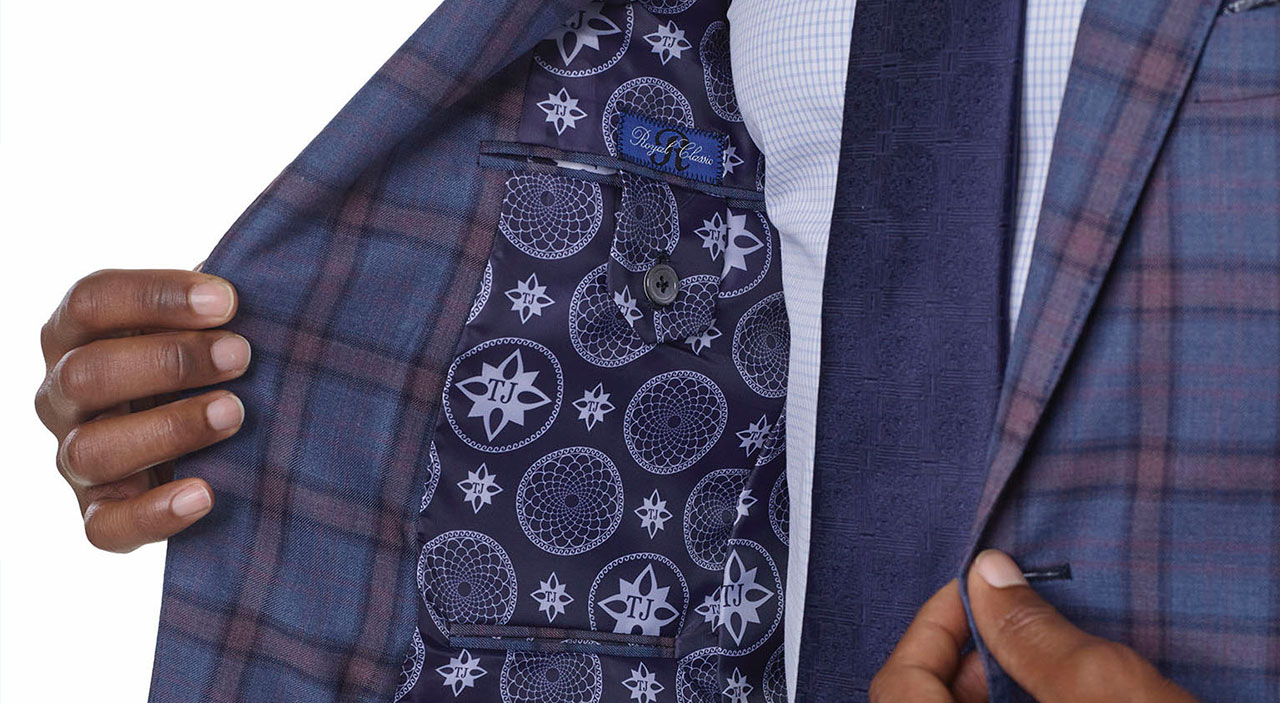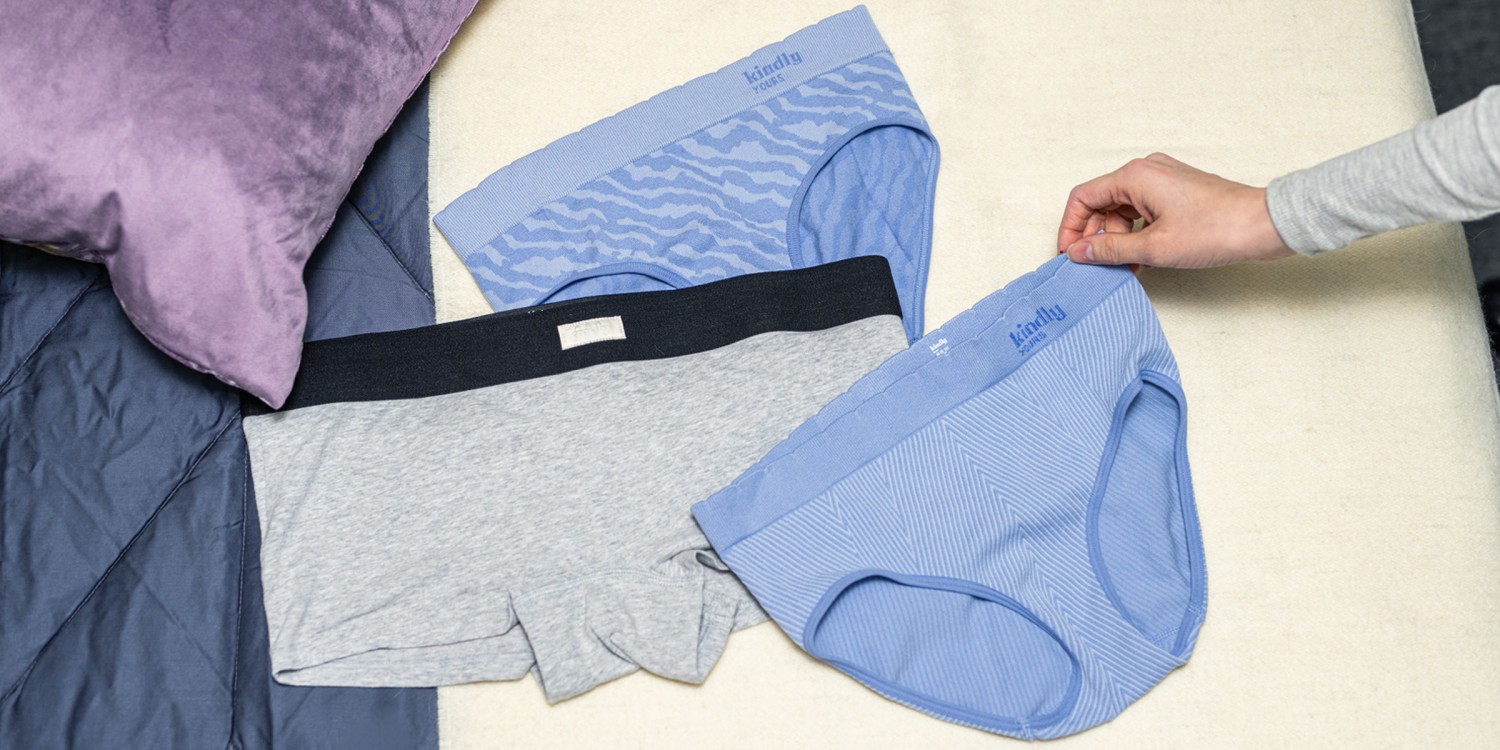There’s far more than a minimal little bit of Doe in the barefoot, positive-eyed design standing on the ersatz beach—game for some new excitement. Her unaffected spontaneity is a top quality that came to characterize the Avedon woman all over Dick’s complete occupation. “Avedon’s real fascinations,” Bassman mentioned, “were androgyny and theatricality,” referring precisely to her impressions of him on Fire Island. In point, Dick designed the Harper’s Bazaar address less than 3 months just after his and Doe’s very first glimpse of Cherry Grove, and it is not a stretch to advise that the narrative dreamscape it depicts is also an exacting portrait of his shortly-to-be unsuccessful marriage. (The couple’s relationship ended in 1949, and Avedon began periods with a psychoanalyst whose specialty integrated “curing” homosexuality very long just before the apply of conversion therapy was uniformly debunked. While Dick would marry Evelyn Franklin in 1951, and would have a son, John, he remained closeted for most of his life. He would have occasional affairs with men, but, as a person of his era, these relationships were clandestine and few.)
In February 1947, Dick was assigned to photograph Jerome Robbins, the choreographer, for a profile in Bazaar’s April problem. Robbins experienced currently been anointed a youthful nobleman of dance for his good ballet Fancy Totally free, with audio by Leonard Bernstein and encouraged by a Paul Cadmus canvas entitled The Fleet’s In, which tradition author Anna Kisselgoff at the time referred to as a “typically erotic painting of sailors possessing a excellent time.” Extravagant Cost-free premiered at the Metropolitan Opera Residence in 1944, and the New York Instances dance critic John Martin singled out Robbins as a very first-course artist: “It was only Jerome Robbins’ ‘Fancy Free’ that saved the period from getting predominantly dull…. It is a wonderfully crafted very little ballet, homosexual in spirit and legitimate in substance.” Dick had some familiarity with Fancy Absolutely free, since the ballet’s operate coincided with the stop of his navy support, when he had been having modern-day dance lessons along with John Butler and Tanaquil Le Clercq (who would afterwards marry George Balanchine). Dick would have regarded himself in the 3 sailors, and his eye would have been attuned to their sleek bodily allure, which employed pure gesture to articulate pride, bravado, infatuation, sexual drive, and jealousy. The dance was underscored by Bernstein’s mournful new music, with its urgent rhythms and strains of melancholy in what is fundamentally a modern-day mating ritual.
Although Robbins and Bernstein were being digital unknowns when the exhibit premiered that April, “these new youngsters on the block,” the Occasions famous, “were right away sensations, the proverbial talk of the town.” Afterwards that year, On the City, the Broadway creation that Robbins, Bernstein, Betty Comden, and Adolph Green made out of Fancy Absolutely free, opened on Broadway. Both equally productions would go on to come to be milestones in American musical theater, as nicely as the ballet.
Jerome Robbins, né Jerome Rabinowitz from Weehawken, New Jersey—a darling of the phase and simply 5 decades Avedon’s senior—would provide as a sort of beacon for Dick’s unbounded ambition, not minimum mainly because he would uncover surprising similarities in their backgrounds. Like Dick, Robbins had an unforgiving father, a small-organization male who did not want him to go into the arts. Robbins, also, had had to extricate himself from the loved ones business in purchase to commence his examine of dance, writes Terry Teachout. “I did not want to be like my father, the Jew,” Robbins would afterwards create. “I preferred to be protected, safeguarded, assimilated, hidden in amid the Goys, the majority.”
Dick would acknowledge Robbins’s self-contempt, and not only about his Judaism. “Robbins’s angle towards his ‘queerness’ (as he referred to it) was equally conflicted,” writes Teachout. However he easily declared his sexual orientation to stay clear of serving in World War II, he also experienced involvements with females, then and afterwards. “Please conserve me from remaining ‘gay’ and ‘dirty,’ ” Robbins wrote in a 1942 diary entry, not extended prior to his draft board labeled him as 4-F.
Men and women near to Robbins and Bernstein acknowledged that their qualified connection was like a marriage they had been very close, and their interactions could be stormy. The two were bisexual, and it’s possible that they ended up at the time, briefly, fans. Avedon would photograph Bernstein the following yr, a further beacon that introduced the reach of his very own driving ambition a tiny closer to the realm of his have everyday reality. All 3 gentlemen had developed up as center-course Jews, every single a single pushed by an inner critical to create one thing of which means out their individual exigent talents and give it sizeable cultural sort.
Richard Avedon would later on appear to know that it usually took a 10 years or two for the potential to transpire. Prescient artists would foresee shifts in the lifestyle and then express—and in several scenarios precipitate—those improvements, applying their artworks as auguries for what would later on transpire in modern society at large. This kind of was the case in 1945, when Dick was 1st receiving his footing at Harper’s Bazaar. That spring, staffers at the journal were being all abuzz about a short story termed “Miriam” that had just been published in rival Mademoiselle, the to start with piece by a precociously gifted 21-calendar year-previous author. With her canny instinct, Carmel Snow, the editor in chief, declared that the writer’s next story had to be printed in the Bazaar. And so it was. “A Tree of Night” appeared in the Oct 1945 challenge, and Avedon discovered himself in the identical freshman class as Truman Capote.
At a single of Mrs. Snow’s get-togethers that 12 months, at which Dick may possibly have been in attendance, Mary Aswell, the fiction editor, brought alongside Capote. Carmel, who experienced not still been introduced to the new young author, spotted this boyish creature standing by himself and assumed he was the yo
ung brother of a person on her editorial staff. She presented him a glass of milk. In his superior, nasally voice, Capote introduced himself. She burst into uproarious laughter at her mistake, apologizing profusely and fetching him a martini. She then released him close to, repeating the story of her blunder to everybody, relishing the rounds of laughter each time. “The first of lots of [martinis] that Truman and I have downed with each other above the a long time,” Carmel would go on to say.
In the vicinity of the end of the ten years, following Capote’s 1st novel, Other Voices, Other Rooms, experienced been published, he explained to Gore Vidal that he was functioning on his following just one, about a stunning New York debutante. “What on earth do you know about debutantes?” Vidal claimed. “Everything,” Capote countered. “After all, I am one particular.” Elinor Marcus, quickly to develop into the Baroness de la Bouillerie, was a debutante of that period and a person of Capote’s earliest “best pals” in Manhattan, his adopted home after increasing up in Louisiana and Alabama. On many occasions she went with him to check out a woman she described as the “actual inspiration for Holly Golightly,” an unconventional blonde who lived in a modest studio in a brownstone in the vicinity of Capote’s condominium on Lexington Avenue in the East 90s. In the meantime, Elinor’s older sister, the phase actor Carol (Marcus) Grace—a close friend of Avedon’s very long in advance of she married William Saroyan (two times) and, later on, actor Walter Matthau—told persons that she was the inspiration for Holly Golightly. Just after late evenings of rehearsal, followed by wee-hour drinking in a non-public nightclub on West 55th Road, she and Capote would end up possessing espresso with each other in entrance of Tiffany’s in the silvery mild of dawn. “Every morning about 7:00, we still left the Gold Important Club and walked to Fifth Avenue, exactly where there was a gentleman with doughnuts and coffee,” she wrote in her memoir. “We’d purchase some and continue to Tiffany’s, exactly where we would glance in the home windows and fantasize.”
Ann Woodward, a design and stylish showgirl in the 1940s, who married the quite wealthy and socially notable William Woodward Jr., a scion of a banking fortune, was yet “another of the lots of Holly Golightly figures who make their appearances all through Truman’s oeuvre,” Sam Kashner has noticed in Self-importance Fair, “beautiful, social-climbing waifs from the rural South who go to New York and re-invent them selves, not compared with Truman’s own private journey.” And then there was Dorian Leigh, 1 of Dick Avedon’s most loved designs, who thought herself to be the legitimate inspiration for Holly. She, like the fictional character, had left her partner behind and her children in the treatment of her mom and dad in research of a glamorous, carefree life as a product in New York. She lived in Capote’s community and gained her telephone messages from “gentleman callers” and her modeling agency at the sweet store throughout the street, a ritual Capote often observed whilst acquiring his cigarettes. Capote himself began contacting her Content Go Blessed in the 1950s.





